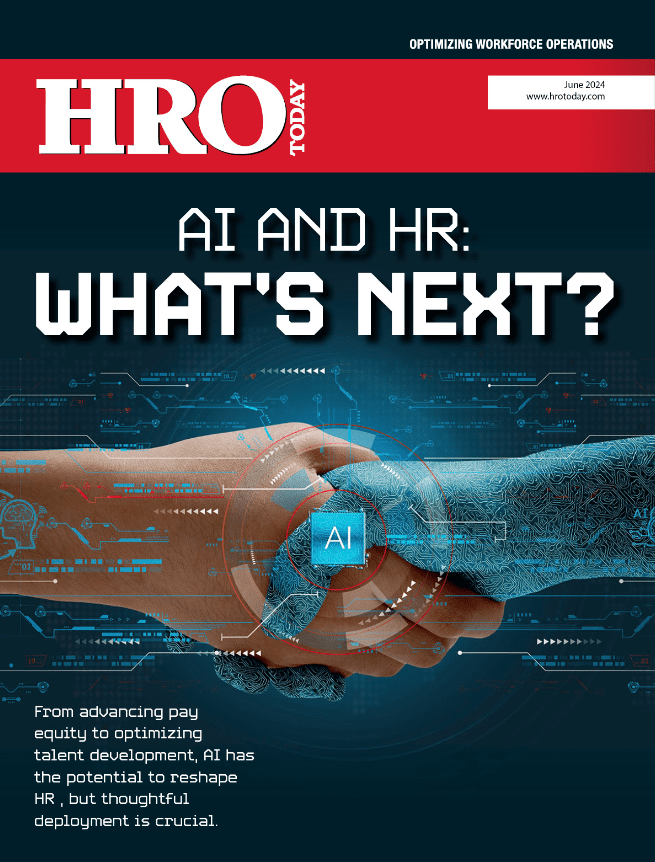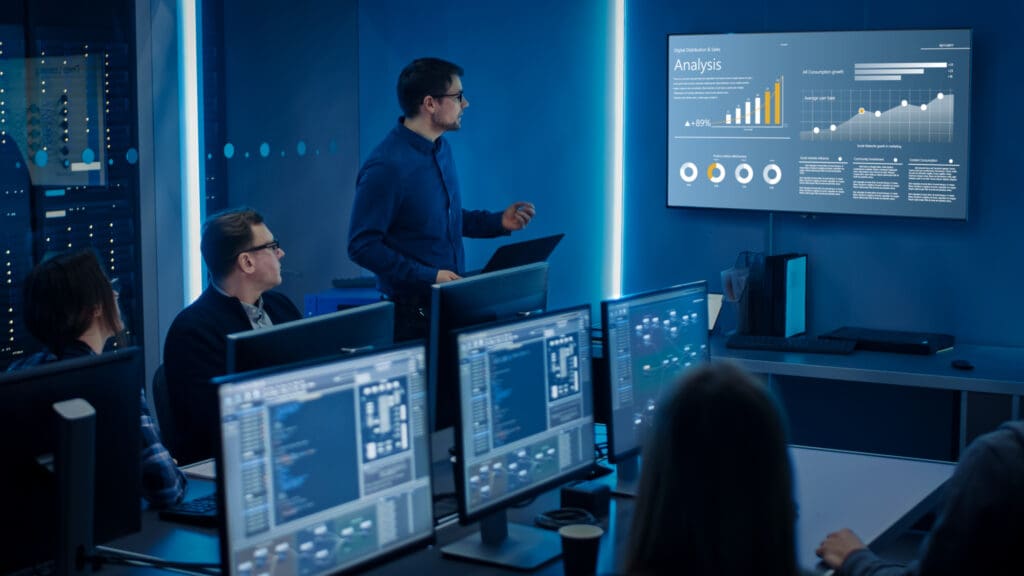HR experts share strategies for getting the best in HR tech.
By Simon Kent
Sometimes it can be hard to tell which moves faster – the world of work or the world of technology. HR professionals have a challenge on their hands to stay at the point where the two intersect, working out what’s a flash-in-the-pan trend and what might be the next big thing for supporting employees. Even then, the somewhat slower moving cycle of actual investment in technology can add friction to HR’s ability to deliver thorough technology. So, given all this, how do HR professionals keep up?
VICKI STREET
HR director for Europe and Australia for General Mills subscribes to four or five diverse content sources for her tech knowledge, including McKinsey & Company and some LinkedIn thought leaders. She ensures she allots enough time – in her case during their learning-focussed Fridays – to interact with these sources. Street always crowdsources the tech that excites her through her network – either with industry friends, through content from podcasters, or by reaching out directly to existing customers of a new product or service.
“We also regularly hold internal listening groups at General Mills to solicit ideas and inputs from employees more broadly, and this can be a great way to share ideas and opportunities,” she adds.
VICTORIA NIGHTINGALE
Global Head of Talent Acquisition for footwear designer Dr Martens identifies both good communication and the creation of reliable data as key points where HR technology is required.
“We closely monitor emerging technologies, and we invest in systems where we see they could support our teams with simple, helpful solutions,” she explains. “For instance, we are part-way through implementing a human resources information system which will support the full employee lifecycle, from recruitment and onboarding through to payroll, holiday management, and timesheets for retail. It is a huge global project that will have a significant positive impact on our ability to support our people.”
But as she notes, talent acquisition also means being up to date with how to grab the attention of candidates, which has led to an update of their own careers website. This has been a customized project, incorporating an awareness of DE&I and ensuring candidates have a great experience from start to finish.
Developing the site has therefore require “a blend of custom and off-the-shelf solutions,” says Nightingale. “Although it takes conscious effort to keep up with tech changes – as well as changes in our requirements – effective technology supports effective management and effective management is incredibly important in growing our people and the business as a whole.”
MARC COLEMAN
Founder and CEO of HR network UNLEASH agrees the best way to keep up with HR technology is to tune into the channels where the future is under examination – communities concerned with both HR and the future of work industries. “HR leaders should delve into learning and devote time to news, analysis, and market research,” he says. “In doing this, they’ll be able to focus on a longer-term business strategy that shapes the design thinking their HR department needs.”
Coleman also advocates learning from each other through business team events and discussions with the wider HR function. This not only opens the potential for using not previously considered technology, but also means the team can feel more involved and empowered in creating the HR function going forward. It also ensures any investment stays on course for addressing HR’s objective – an employee experience that satisfies the desire for purpose, meaning, and lifelong learning.
Alongside these discussions, Coleman also advocates finding a mentor or industry influencer and creating a meaningful two-way conversation with them to guide strategic plans. “Analysts going from ‘good to great’ tend to have their finger on the pulse of which technology works for their customers, what’s causing the most pain and ready for the rubbish heap, and which technologies are punching through and bringing real value to organisations worldwide,” he says.
ROBERTO CANENTI
Corporate Human Resources Officer for Intertrust Group believes the world of HR technology is becoming more complex simply due to the number of new entrants. There was a time when the field was composed of a few full employee life-cycle tech platforms. Now there is a proliferation of new entrants disrupting the industry with vertical and standalone offerings.
“What is critical is always bringing it back to employee experience,” he says. “Are we utilising the current tech we have to the best of its potential? Is it delivering the best employee and company experience?”
Canenti says the assessment doesn’t need to ensure the business has “the best tool available” at any time, but if the platform is delivering a good experience for the end user, then it should be considered a success and probably best left alone.
“Budgets, IT resources, and priorities play a natural role in dictating how readily or freely we can actually embrace new technology,” he says. “It takes time to select and implement – so can be difficult to keep switching. Also many of the tools offer similar levels of functionality. It is often compatibility with what we have or cost that end up making our decisions for us.”
ANTHONY GREGORY Director of People Services for Love Energy Savings believes technology decisions can be sourced closer to home. “The best source for new methods of communication is talking to your teammates and understanding how they communicate in their personal lives and looking how you can replicate this in the world of work,” he says.
This intersection of outside work life and the workplace can enhance the use of tools, including social media, group meeting platforms, and messaging apps.
“As communication is unique within different organisations, there are no specific ‘one stop shops’ to get information from, and HR websites tend to be very traditional in their approaches,” he explains. “However, as a result of the pandemic, businesses are continuing to look at the wider population and how we communicate in an attempt to replicate this within their business so as many people as possible are engaged with the messaging.”














